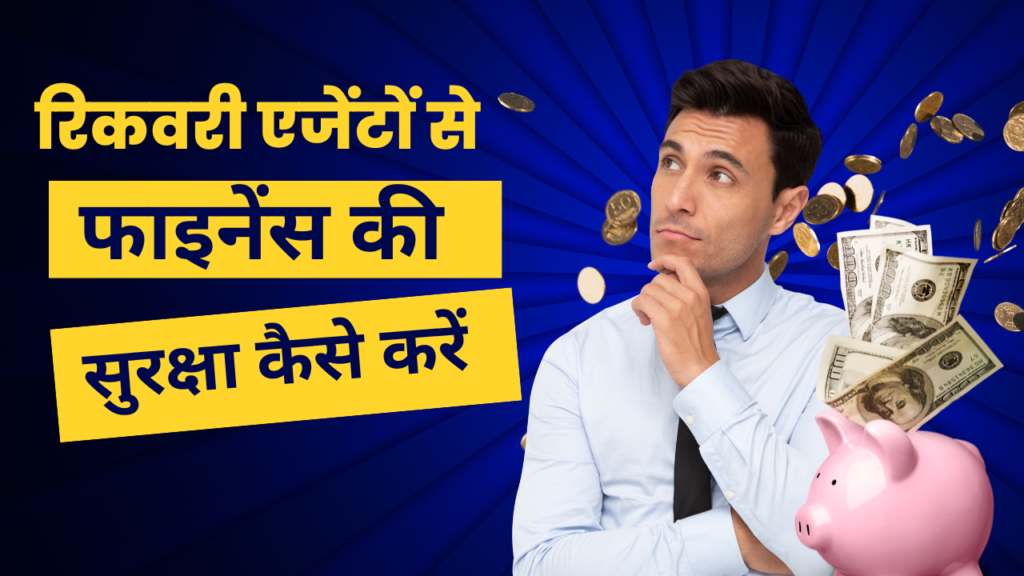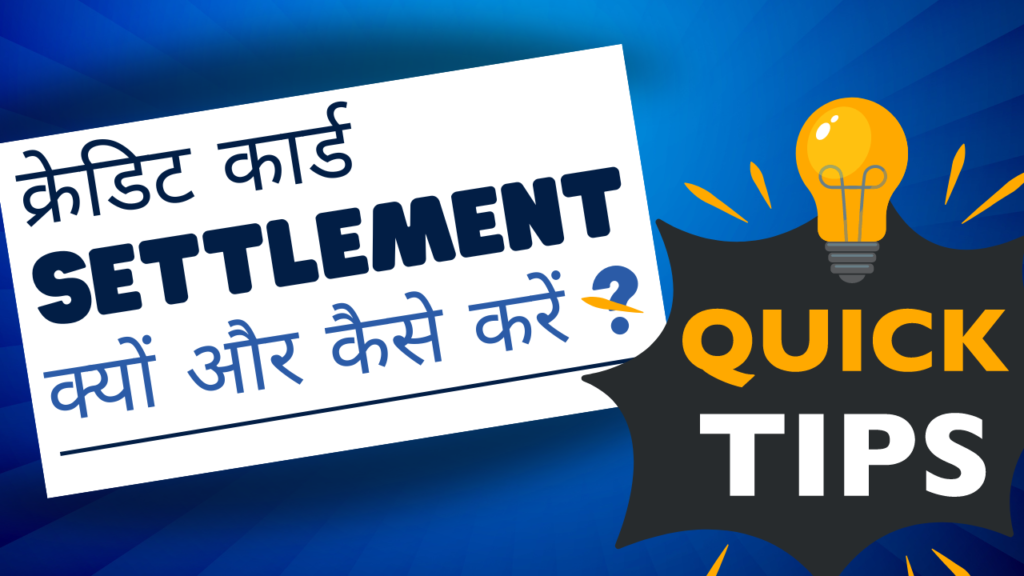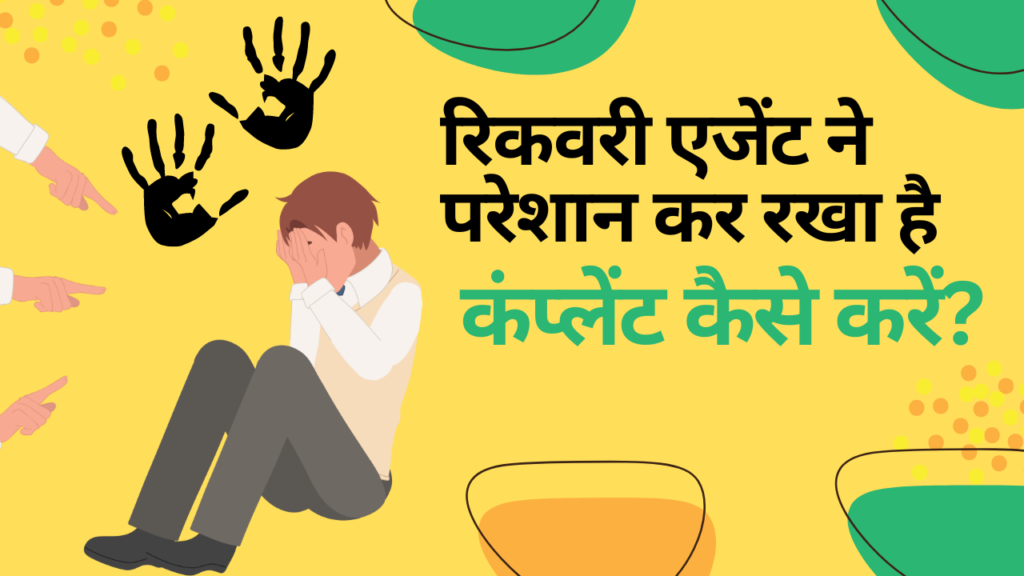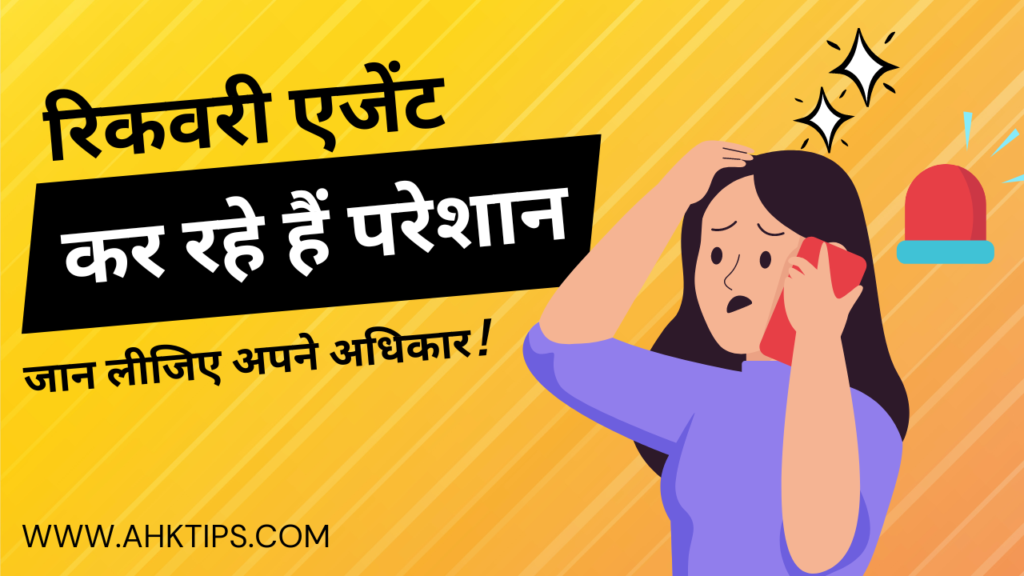In today’s digital age, when money transactions are happening rapidly, Real-Time Gross Settlement (RTGS) has become a very important and useful banking system. RTGS is an electronic system that allows instant and secure money transfer between banks. In this, money is transferred based on real-time (immediately) and gross settlement (individual transactions).
The main purpose of RTGS is to transfer large amounts of money quickly and securely. Usually, this facility is used by individuals or businesses who have to transact large amounts of money, such as property purchases, or other high-value transactions.
The importance of the RTGS system is also because it makes large-sum transactions easier, helping businesses and industries to grow rapidly. Apart from this, it is a part of online banking services, so people can take advantage of this facility from anywhere, anytime.
In today’s article, we will understand in detail the use of RTGS, its benefits, and the process of using it, so that you can use this great facility properly.
What is Real-Time Gross Settlement?
A real-time gross settlement is a modern way of banking whereby huge sums of money are transferred from one bank to another almost instantly and with utmost security. The word “real-time” denotes that the money transaction occurs within the time frame of occurrence, and “gross settlement” denotes that each single transaction occurs independently instead of batching.
RTGS is mostly used in large-value transactions, including business deals, buying a property, or any high-value transaction. The entire system works under the RBI, hence making all the transactions safe and reliable. Immediacy, transparency, and an effective solution for high-value transactions are some of the benefits RTGS has rendered.
How did Real-Time Gross Settlement start in India?
The RTGS system was introduced in India in the year 2004. The Reserve Bank of India (RBI) introduced it as a new electronic payment system that would allow large-scale money transactions between banks instantly and securely. The system was particularly meant for business transactions, large businesses, and other high-value transactions. Earlier, banks took time and were processed in batches, thus causing delays and problems.
The Reserve Bank made it real-time through RTGS, and every transaction will be handled as a single, individual transaction. Through this system, the whole banking system in India becomes faster, safer, and more transparent, and big-money transactions become simple and efficient.
What are the main features of Real-Time Gross Settlement?
Its main features are as follows:
- In RTGS, there is an immediate transfer of funds; that is to say, once you make the transaction, it is straightway processed and reaches the concerned bank. There are no delays on this end.
- In RTGS, every transaction is processed separately and individually. This means that a large amount of one transaction happens at a time, and not in batches.
- The Reserve Bank of India (RBI) fully controls the RTGS system, so every transaction is safe and reliable.
- RTGS is generally used for high-value transactions, such as huge business deals, purchasing of property, or any other high-value transactions.
- RTGS can also be accessed through online banking, thus allowing people to use it from anywhere and at any time.
What are the benefits of doing Real-Time Gross Settlement?
It has the following advantages?
- In RTGS, money is transferred immediately, that is, there is no delay. This makes large transactions quick, especially when money is needed urgently.
- RTGS is completely regulated by the Reserve Bank of India (RBI), which makes the money transfer process secure and reliable.
- RTGS is used for large-value transactions. It allows large amounts of money to be transferred quickly and hassle-free.
- RTGS transaction fees vary depending on the bank, but it is convenient and affordable when transferring large amounts.
- The RTGS system is transparent because complete details of every transaction are available, so there are no hidden costs or fraud in transactions.
- People can also take advantage of RTGS through online banking, which allows money to be transferred from anywhere, anytime.
How does Real-Time Gross Settlement work?
Let’s know how it works:
- When you want to send money through RTGS, you have to fill out a form to transfer money from your bank or process it through online banking. In this, you have to provide the name of the recipient, account number, and bank branch details.
- As soon as the bank makes a transaction, your bank transmits that to the RBI. Reserve Bank of India (RBI) is the central authority of banking systems and control is placed at RTGS.
- Whenever money arrives at the RBI then it directly proceeds toward other banks. This entire process takes place in real time without any delay. That is, as soon as money is sent from one bank, it reaches the other bank immediately.
- In RTGS, every transaction is processed separately. This means that only one transaction is processed at a time, not in batches. This makes the transfer of money quick and secure.
- When the money reaches the other bank, the bank gives you a confirmation. This ensures that the money has been transferred correctly.
What are the eligibility criteria for doing Real-Time Gross Settlement?
These are the following:
- You must have an active account in any bank to do RTGS transactions. This account can be personal or business.
- RTGS can be used only for transactions of large amounts. Usually, the minimum transaction amount for RTGS is ₹2 lakh. If the amount is less than this, you will have to use other payment systems like NEFT.
- You will require the correct details of the recipient’s name, account number, bank name, and branch before doing the transaction. If the details are incorrect, the transaction may not go through.
- RTGS transactions can be done both online and at a bank branch. For this, you will require instructions from the bank and login details.
Where can Real-Time Gross Settlement be used?
It can be used in the following places:
- RTGS is used for large-value business transactions, such as payments between companies, sending money to suppliers, or making payments in large deals.
- RTGS can be used when a property is bought or sold and a large amount is paid. This transfers the money immediately and keeps the transaction secure.
- When a large amount of money needs to be sent to someone outside India, it can be done easily and quickly through RTGS.
- If someone has to repay a business loan or pay an installment of a large loan, RTGS can be used.
- The government or other large organizations can use RTGS, such as make payments to a department, send salaries to employees, or transfer money for large government schemes.
What is the difference between Real-Time Gross Settlement (RGTS) and National Electronic Funds Transfer (NEFT)?
There are some important differences between them.
| Real – Time Gross Settlement (RGTS) | National Electronic Funds Transfer (NEFT) |
| In this, money is transferred immediately, i.e. in real-time. When you send money through RTGS, it reaches the other bank immediately. | In NEFT, money is processed as a batch. This means that the money does not arrive immediately but is transferred after some time (about every hour). |
| RTGS can be used only for transactions of large amounts. Its minimum transaction is ₹ 2 lakh. | There is no minimum amount limit in NEFT. In this, you can send ₹ 1, ₹ 100,0, or any amount. |
| The bank charges some fees for RTGS transactions, and it depends on the amount of the transaction. | NEFT also has charges, but it is lower than RTGS and is more convenient for small amounts. |
| It is primarily for larger transactions, such as business transactions, property purchases, and large loan payments. | NEFT can be used for small to large transactions like bill payments, shopping, and personal transactions. |
| RTGS works only during bank working hours. Usually, it is available from 9:00 AM to 4:30 PM. | NEFT is available 24/7, and money transfers through it can be done at any time. |
How to do a Real-Time Gross Settlement transaction?
For this, you have to follow the following steps:
- First of all, you must have an active account in a bank that provides RTGS service.
- If you have internet banking, you can do RTGS transactions from home or office.
- If you do not have online banking, you can directly go to the bank branch and fill out the RTGS form.
- You should correctly fill in the recipient’s name, account number, bank name, and the IFSC code of the branch of the recipient’s bank before you make an RTGS transaction.
- You have to input the quantity you want to transfer. Remember that the minimum amount for an RTGS transaction is ₹ 2 lakh.
- Once you have filled in all the information, you have to check the transaction. After this, the bank processes the transaction and the money is immediately sent to the other bank.
- After the transaction, you will get a confirmation slip or message indicating that the money has been transferred successfully.
Conclusion:
Real-Time Gross Settlement (RTGS) is an efficient and secure method to transact large amounts of money instantly and without any delay. This system is extremely useful for those who make large and important financial transactions, such as business transactions, property purchases, loan repayments, or other large payments. Since RTGS is a real-time fund transfer system, there are no lags in this procedure; it saves time and maximizes efficiency.
The key features of RTGS are that it provides instant transactions, higher security, and protection against any type of fraud. Although, the minimum amount for which it can be used is ₹2 lakh. However, RTGS is only available for large amounts. But when it comes to big and important transactions, then RTGS is one of the best and most convenient ways of making the transactions.
Apart from this, RTGS is used by traders, companies, and other organizations for big transactions, which helps them to complete their financial operations easily and without any interruption. Apart from this, the record of every transaction done by RTGS is also secured,
Frequently Asked Questions (FAQ)
Ans: Banks charge some fees for RTGS which again depends on the amount being transferred. The amount will depend on the bank and the amount of the transaction.
Ans: No, RTGS is only available within the working hours of a bank. Usually, it starts from 9:00 AM to 4:30 PM.
Ans: RTGS is used between banks present in India. If you want to make transactions outside the nation, you would have to rely on foreign banking systems or SWIFT.
Ans: The RTGS has a great safety factor attached to it. Each transaction made via this means is safe, and also, its history is well maintained.
Ans: RTGS applies to large business transactions, buying of property, repayment of loans, or large amounts of money.













